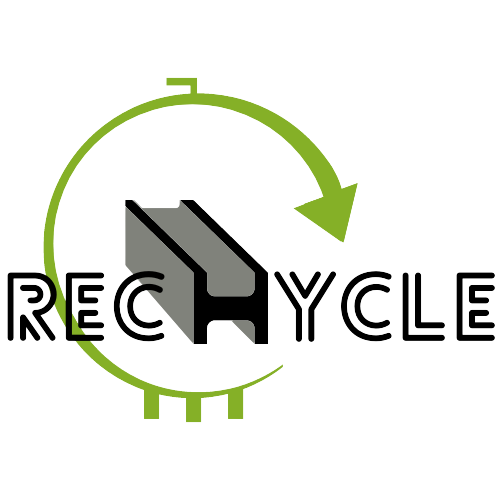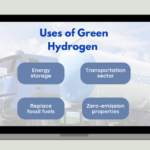Hydrogen
In the pursuit of sustainable energy solutions, hydrogen has emerged as a promising alternative to traditional fossil fuels. Its versatile nature, abundance, and zero-emission properties make it an attractive option for a cleaner and greener future. Different methods of hydrogen storage are being explored, including physical, chemical, and hybrid storage. These methods rely on advanced materials such as carbon nanotubes to enhance storage capacity and improve efficiency.
Hydrogen Storage
Hydrogen storage implies the reduction of an enormous volume of hydrogen gas. Thus, material selection and design are crucial to developing materials with high surface area, porosity, and hydrogen affinity. Researchers are employing nanotechnology and computational modelling to tailor materials for optimal storage performance. Structural integrity and durability are important considerations due to the potential for hydrogen embrittlement, which compromises material strength.
Sustainability is also prioritised in hydrogen storage. The production and recycling processes of storage materials should be environmentally friendly. Researchers are exploring renewable resources and greener synthesis methods to minimise the ecological footprint.
Future of Hydrogen Storage
Advancements in material science and engineering are crucial to overcome hydrogen storage challenges and make it economically viable and safe for widespread adoption. These advancements contribute to a sustainable energy future, reducing greenhouse gas emissions and addressing climate change concerns.
#greenhydrogen #hydrogenstorage #cleanenergy #renewableenergy #sustainability #climatechange #decarbonisation








